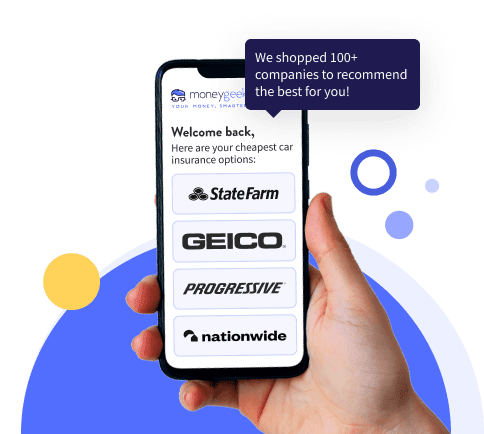Many drivers feel overwhelmed by rising premiums. You can lower your insurance costs without sacrificing essential financial protection. Some steps, like comparing quotes, take just minutes. Improving your credit score or clearing driving violations from your record takes longer, anywhere from a few months to a year.
Rate availability and savings vary by state, insurer, and individual circumstances.






